When Richard III’s bones were unearthed in a Leicester car park, Frankie Boyle suggested the headline ‘Bent royal found at dogging hotspot’. Rupert Goold opens his version of the play by restaging the 2012 excavation as if to inform us that the past and the future are held together by something called time. That glib gesture apart, this is a superb production whose modern-dress aesthetic works, just for once, extremely well. And it works because the costumes are dark, sober and unornamented and this visual restraint moves our attention upwards to the more fertile arena of the face.
And what a face Ralph Fiennes has, all meat-cleaver and calculation: the haughty forehead, the deadened eyes, the mistrustful mouth petering out at the edges, the dominant, jeering brow. His diction is methodical, supple and detached and suggests a character both performing and watching his own performance, adoring what he sees. Perhaps needlessly, his crooked spine is picked out for us in an S-shaped row of swellings, like a chain of conkers, beneath his roll-neck sweater. He emphasises the character’s macabre humour and in the middle sections his arrogant deceits become hilariously predictable. But the mirth is apposite. The script has the preposterous logic of a Monty Python sketch and the laughs are born out of shock, outrage, disbelief and revulsion. It’s the opposite of comedy.
Fiennes is well supported by James Garnon as an engaging Hastings, and by Scott Handy, with sad Wildean eyes, who goes to his death with tragic defiance as the Duke of Clarence. As the corpses pile up in the closing scenes, Fiennes dispenses with the laughter and adds more density and sourness to the portrait. I haven’t seen a better judged performance from an actor whose stage presence too often recalls Mr Rigsby. Vanessa Redgrave (Queen Margaret) creates a full-on scary-witch routine as she casts a deadly curse on the murdering Richard. She rolls her ‘r’s and levels two wintry digits at him to mimic the horns of a bull about to charge. Worth catching this performance just to see how Redgrave creates a force field around herself, as if she weren’t just an actor but an autonomous republic on stage.
Rupert Goold has also resolved one of the great difficulties faced by Shakespearean modernisers: how to move a character in a three-piece suit on to a feudal battlefield. It’s done gradually. Richmond enters in a Matalan long-coat with one forearm, but not the other, sheathed in a metal gauntlet. This detail establishes a plausible congruity between modern daywear and medieval armour. Next, soldiers appear with silver breastplates over their off-the-peg suits. By the time they draw their swords the impossible has become the inevitable. This is done so well that few will have noticed it. The show is almost certain to reach the West End, but in this boutique theatre you’ll get Fiennes close-up, and to the max.
The Deep Blue Sea is a chamber piece which seems ill suited to the airport-sized Lyttelton. Hester Collyer, an ageing sex-pot, is trapped in an exciting but unstable romance with boozed-up test pilot Freddy. Her jilted husband, Sir William, learns of her attempt to kill herself and rushes to her bedsit in his chauffeured Rolls-Royce to try to lure her back to his icy bosom. Rattigan’s 1950s love triangle is scripted with such casual but consummate artistry that it feels like a documentary.
Designer Tom Scutt fills out the unwanted space by adding an extra storey above Hester’s tenement flat. The slamming doors and wobbly staircases add a measure of authenticity, and his fine visuals combine moody shadows and bursts of gloomy brilliance over a turquoise backdrop. But the playing area retains the ground plan of a stately home. Hester’s kitchenette seems large enough for badminton, and she could easily hold a whist tournament in her sitting room. The hallway leading to the bedroom is the length of two horse boxes.
Director Carrie Cracknell has coaxed great performances from her starry cast. Heart-throb Tom Burke (surely a must for the 007 shortlist) is wonderful as Freddy, the madcap charmer, who knows his love for Hester is driving him into a whisky-sodden grave. Pale, mysterious, midnight-haired Peter Sullivan brings the vampire touch of George Osborne to Sir William and he plays him as a suave and worldly intellectual rather than as a stiff-necked golf-club bore. Pint-sized lust bomb Helen McCrory gives a compelling performance as the party girl whose time is running out.
This is a wonderfully bleak and absorbing play and my advice is to purchase seats as close to the front as possible. Even in the tenth row I felt I was watching through the wrong end of a telescope. The Lyttelton will never function adequately until the entire space has been bisected (vertically or horizontally) and converted into two stages.
The post Face value appeared first on The Spectator.
Got something to add? Join the discussion and comment below.
Get 10 issues for just $10
Subscribe to The Spectator Australia today for the next 10 magazine issues, plus full online access, for just $10.
You might disagree with half of it, but you’ll enjoy reading all of it. Try your first month for free, then just $2 a week for the remainder of your first year.

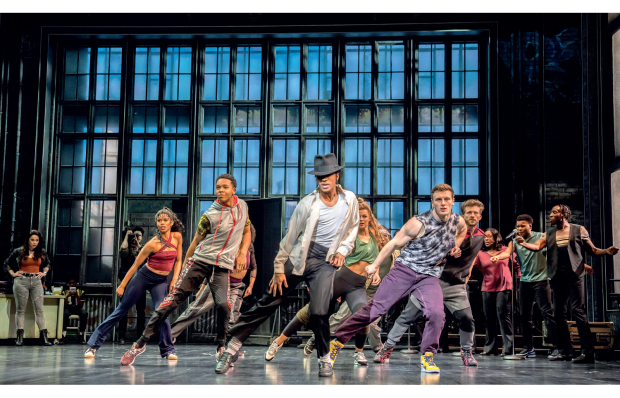
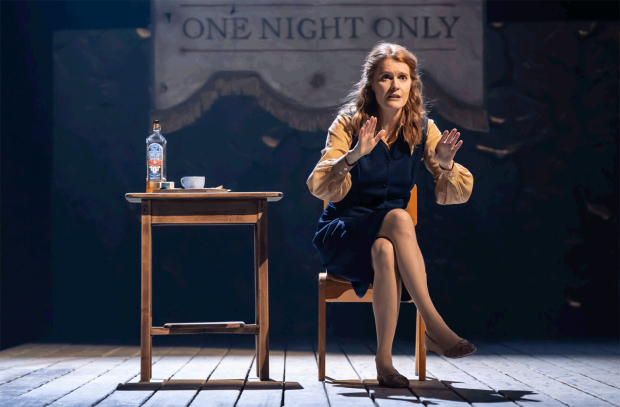
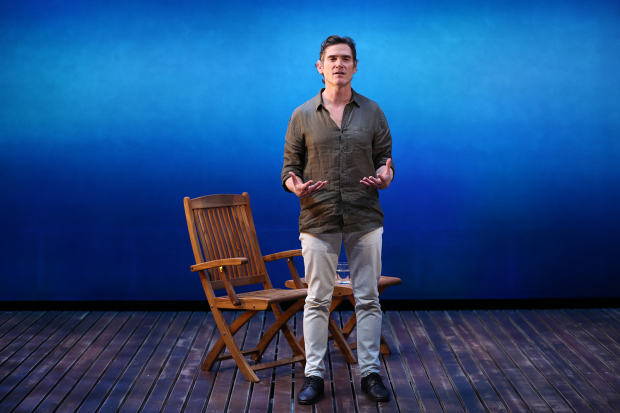
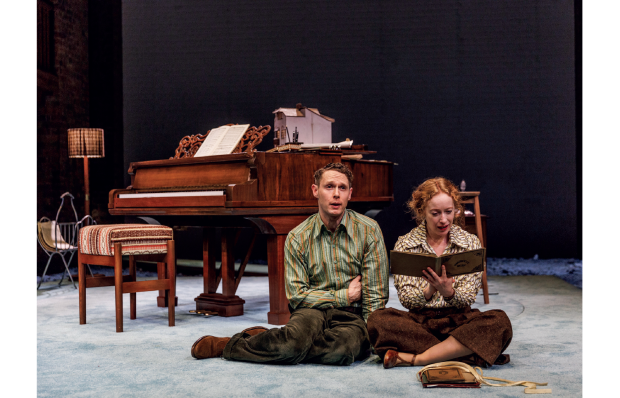
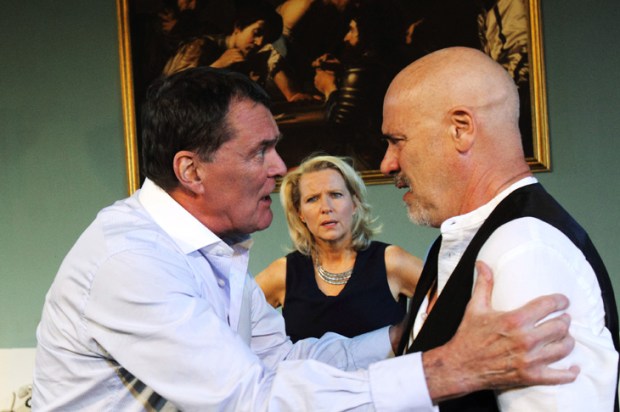
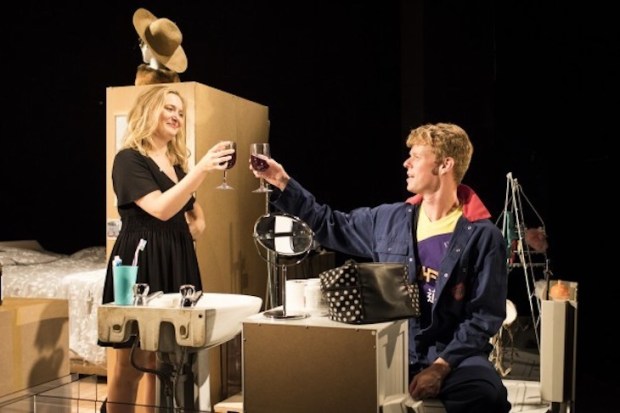






Comments
Don't miss out
Join the conversation with other Spectator Australia readers. Subscribe to leave a comment.
SUBSCRIBEAlready a subscriber? Log in